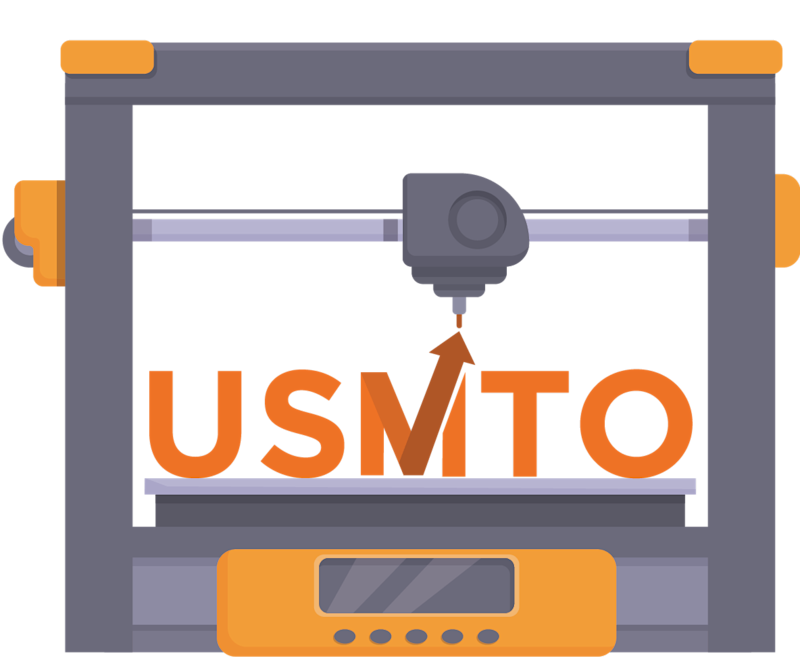Additive manufacturing is quite different from traditional subtractive manufacturing. Even down to the name, they are literally opposites. However, one area with significant overlap between the two technologies is the value of data on the size and composition of the market. Additive is not a new process, but since it has begun to be used more widely in industrial settings, the one thing the technology cannot seem to manufacture is a source of reliable, consistent, and publicly available statistics on the size of the U.S. market for additive machines.
One Step Forward
Fortunately, a great leap forward took place at the end of 2022, when the World Customs Organization introduced a new HS code specifically for additive machines. While this will go a long way in understanding international trade in these machines, data remains lacking on the machines that are produced and consumed in a domestic market. This data would go a long way in helping companies determine the size of their market and identify opportunities for future sales.
When the National Machine Tool Builders’ Association was founded, one of its original purposes was to gather data on the market for machine tools so its members could make better business decisions. Fast-forward over 120 years, and while NMTBA has evolved into AMT – The Association For Manufacturing Technology, its commitment to delivering the most comprehensive industry statistics has not waivered. Through the USMTO program, AMT can track the ever-changing demand for manufacturing technology, providing valuable business intelligence to participating companies and a leading economic indicator to the general public.
Why the Data Matters
The data aggregated by USMTO is what makes the insights in this column possible. It also helps form content for presentations by AMT staff as well as research for participating members. The real value comes from the monthly frequency of the data. This allows AMT analysts to find correlations between the machinery orders and other data sets produced by the U.S. government as well as other associations and businesses. The analysis of the data is not limited to AMT staff. Participating companies can use the data to identify lost sales opportunities, anticipate changing customer demands, and calculate their market share by geography, technology, and customer industry. The greatest insights come when AMT and a participating company combine their expertise to create custom reports and analytics that attempt to answer the question on any business leader’s mind: Where is the market going?
Tracking orders for additive technologies monthly through the USMTO program would allow for comparisons with broader economic measures, which could become the foundation for an industry-wide forecast, a company’s sales goals, or performance monitoring across numerous dimensions. While the technologies may be different, companies who focus on additive or subtractive machinery can both manufacture value from consistent, frequent, and timely market data.
If you build or sell manufacturing technologies, particularly in the additive category, you are eligible to participate in USMTO and gain access to the monthly market data mentioned in this article. Additionally, if you already participate in one of the AMT benchmarking surveys and want to learn more about how we can pull insights from your data, we are only an email away.
If you have any questions about this information, please contact Chris at cchidzik@AMTonline.org.





